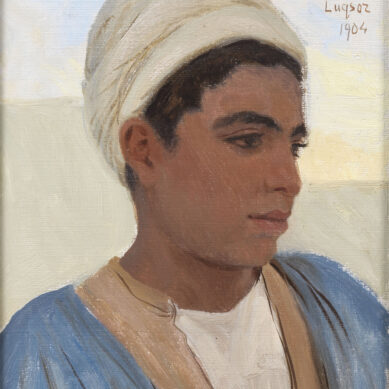You searched
Painter
Coleman Charles Carlo
Are you interested in the sales or the purchase of his artworks?
We buy works of this artist
and of other painters and sculptors from the 16th century to the first half of the 20th century
The Berardi gallery offers a free and without obligation service for evaluation of ancient and modern art . To find your way in the art market, very complex and full of nuances, it is better to rely on a professional consultant who can answer fast and concretely to your needs. The clarity of the answers will resolve effectively the need to estimate or sell an asset.
Contact us immediately without commitment
Answers also in 24 hours:
Coleman Charles Carlo
Coleman Charles Carlo
Charles Coleman was born in Pontfract, Yorkshire, in 1808. Very little is known about Coleman’s life before his arrival in Rome, especially as his paintings have often been attributed to his son Henry over the years and vice versa. It is certain, however, that he arrived in Rome in 1831, after a study trip to Paris. In 1832, he immediately exhibited the painting Young girl dressed in Greek fashion at the Società degli Amatori e Cultori di Belle Arti.
In the thirties he was living in John Keats’s house in Piazza di Spagna, together with his fellow countryman George Symmonds, but he frequented the Roman countryside, Subiaco in particular.
The landscape and scenes of the Roman countryside
In 1835, he decided to settle permanently in Rome when he married Fortunata Segadori, a model from Subiaco. He went to live with her in Via Zucchelli, near Via del Tritone, where he set up his studio until the end of his life. He had eight children with Fortunata, including Enrico and Francesco, the two painters who were heirs to their father’s landscape painting.
From then on, his favourite subjects were impressions of the Roman countryside, mainly in watercolour. Although he took part in Roman exhibitions with paintings such as Temple of Saturn, The Colosseum, Ariccia, Subiaco, in the meantime, he continued to exhibit at the Royal Academy of Art in London works such as Italian Peasants eating in a shepherd’s hut, dated 1839.
The important series of etchings entitled A series of subjects peculiar to the Campagna of Rome and Pontine Marshes, designed from nature and etched by C. Coleman, dates back to 1850.
His closeness to Nino Costa
Throughout the 1950s he was linked to Nino Costa and the circle of Italian and foreign artists who came to the Roman countryside to paint en plein air, weaving naturalism with evocative and emotional elements.
Charles Coleman was considered by Costa and the others to be a sort of precursor of the ideas that would later lead to the birth of the Etruscan School and then of In Arte Libertas. In 1861 the artist took part in the Esposizione Solenne in Florence with works such as Twilight and Evening Effect, while in 1871 he took part in the exhibition of the Associazione Artistica Internazionale, organised at the Casina del Pincio. In 1874 he fractured his leg and died, following various complications, at the age of sixty-six.






